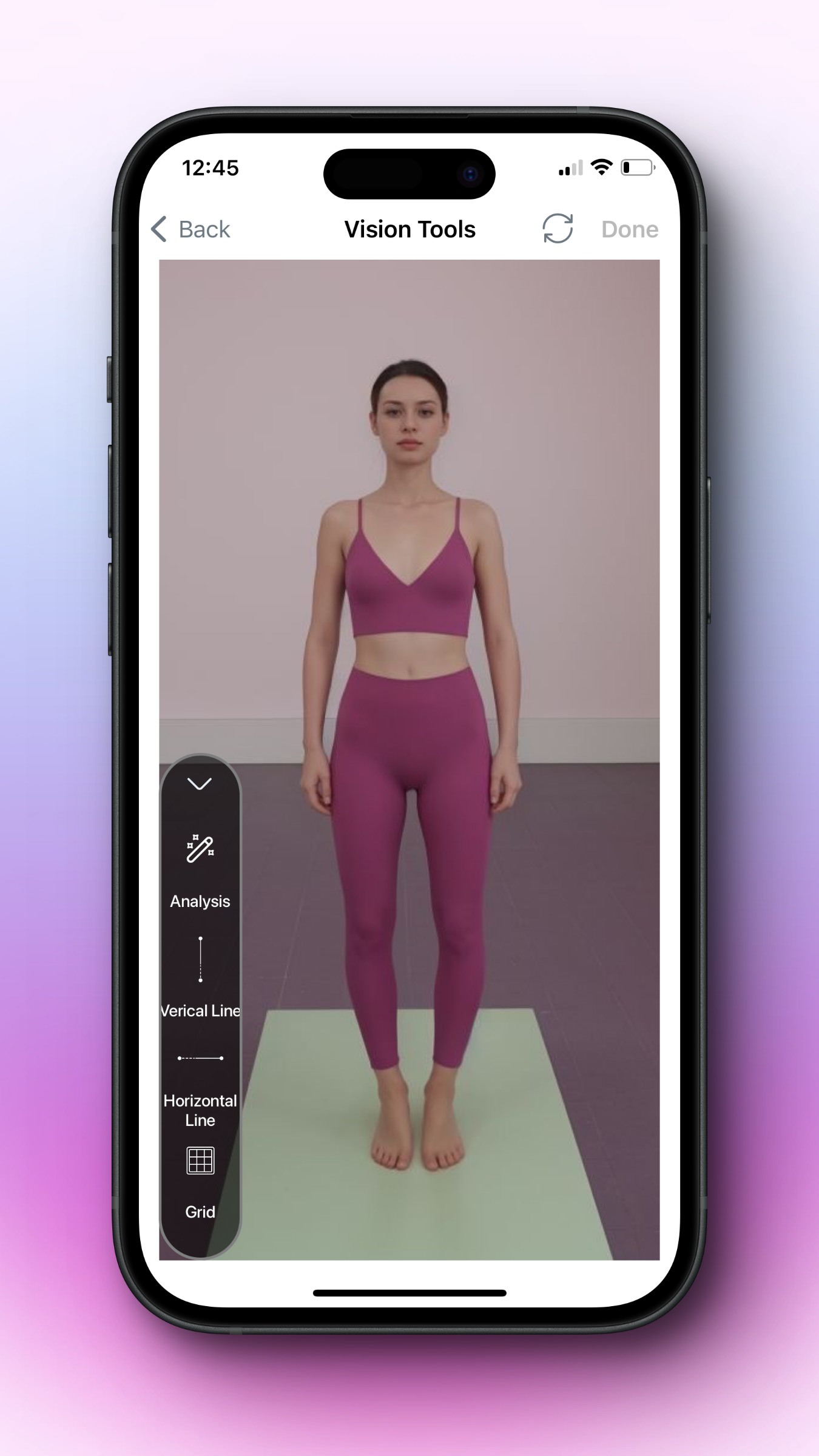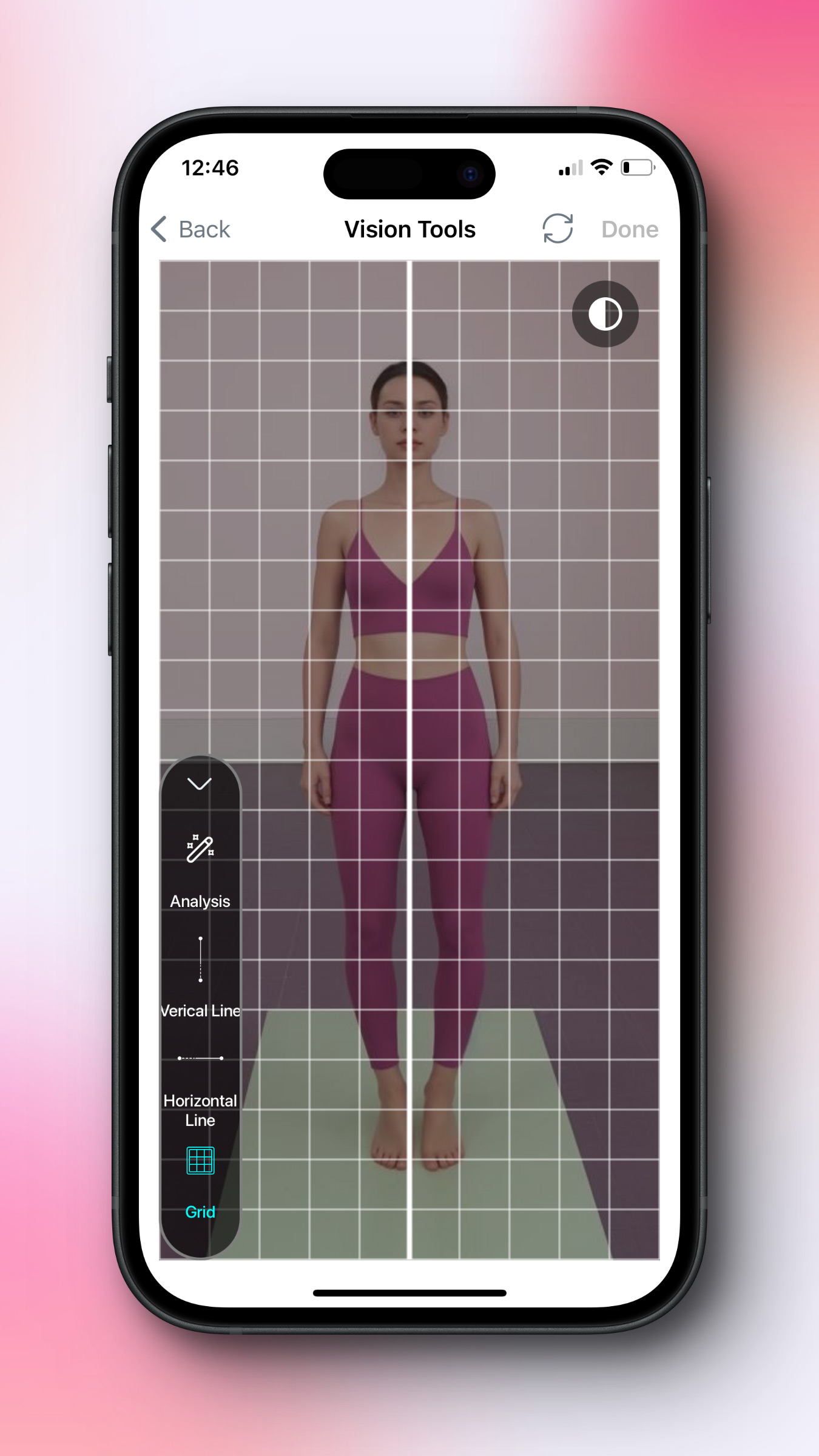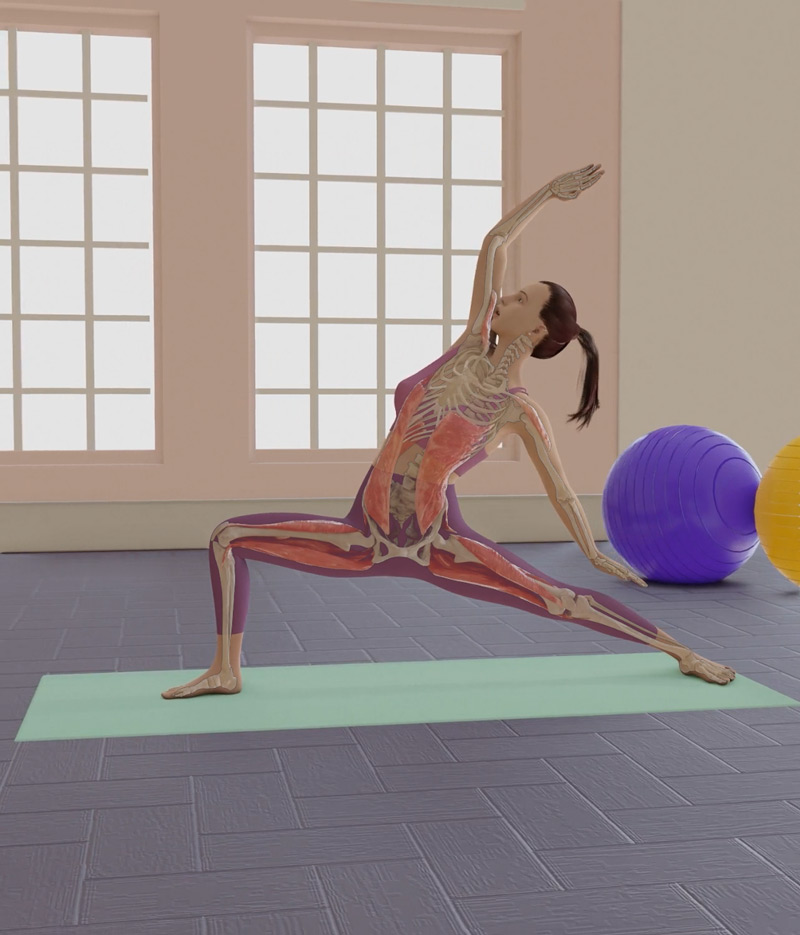Introduction:
Knee varus, commonly known as bow-legged, is a structural condition characterized by an outward
curvature of the legs, resulting in a noticeable gap between the knees when standing. For a bodybuilding
and fitness coach, understanding the specifics of this condition is crucial for effective training and
injury prevention.
1.Impact on Exercise Form:
• Knee varus can significantly affect the alignment and stability during lower body
exercises, particularly squats, deadlifts, and lunges. Coaches should monitor forms closely to ensure safe
execution.
2. Risk of Injury:
• This condition can lead to uneven weight distribution and increased stress on the
outer knee and ankle joints, potentially increasing the risk of joint injuries or exacerbating existing
conditions.
3.Adaptation of Training Routines:
• Modifying exercise selection and technique is essential. Emphasize unilateral
exercises to address and balance the strength in each leg individually.
4.Strength and Flexibility Training:
• Incorporating specific strength exercises to target the muscles around the knees and
hips can help. Additionally, flexibility exercises, particularly for the hamstrings and quadriceps, are
beneficial.
5.Importance of Footwear and Supports:
•Appropriate footwear providing adequate support is crucial. In some cases, custom
orthotics may be recommended to aid in proper alignment during exercise.
6.Regular Monitoring and Assessment:
• Continuous assessment of the client’s condition is important to ensure that the
training program remains suitable and effective.
7.Collaboration with Healthcare Professionals:
• For clients with pronounced knee varus, collaboration with physiotherapists or
orthopedic specialists may be necessary to create a comprehensive and safe training plan.
Understanding knee varus is essential for fitness and bodybuilding coaches to optimize training, prevent
injuries, and cater to the unique needs of individuals with this condition.
Biomechanical Implications of Knee Varus:
1.Altered Load Distribution:
• The varus alignment shifts the weight-bearing axis outward, increasing stress on the
lateral side of the knee. This can heighten the risk of degenerative changes and osteoarthritis in that
compartment, impacting training and lifting techniques.
2.Muscle Imbalances and Joint Stress:
• Accompanying muscle imbalances, like weakened hip abductors, can worsen the varus
deformity. This altered biomechanics can add extra stress on the knee joint, potentially leading to pain
and further damage, which is crucial for coaches to consider in exercise programming.
3.Effect on Kinetic Chain:
• Knee varus affects not just the knees but the entire lower limb kinetic chain. This
misalignment may cause compensatory changes in the hips, ankles, and spine, potentially leading to
secondary pain or dysfunction, important for holistic fitness and bodybuilding approaches.
4.Comprehensive Assessment:
• Effective management involves a thorough assessment of lower limb alignment, muscle
strength, flexibility, and gait. Understanding the varus alignment’s extent is essential for tailored
exercise and rehabilitation plans.
5.Exercise and Rehabilitation:
• Targeted physiotherapy should include strengthening exercises for weak muscles (like
hip abductors), stretching for tight muscles, and proprioceptive training to improve joint stability and
control, crucial in fitness regimes.
6.Orthotic Interventions:
• Orthotic devices like shoe inserts or knee braces may be beneficial for some clients
to redistribute load and reduce stress on the knee joint.
7.Client Education:
• Educating clients about their condition is vital. This includes advising on lifestyle
modifications, ergonomic tips, and potentially moderating or adapting activities that could exacerbate the
condition.
Diagnosing Knee Varus
1.Patient History and Symptom Evaluation:
• Symptom Assessment: Understand clients’ symptoms like pain location, pattern, and any
impact on their exercise or daily activities.
• Activity Analysis: Evaluate how their training routines, sports activities, or
job-related tasks might be influencing varus deformity.
• Medical History Review: Enquire about any past knee injuries, surgeries, or
conditions that could contribute to the varus alignment.
2.Visual Inspection and Postural Analysis:
• Static Posture Evaluation: Observe the client’s standing posture to assess knee
alignment, looking for the characteristic outward bowing. You can use smartphone applications like
Flexitrace for this assessment.





